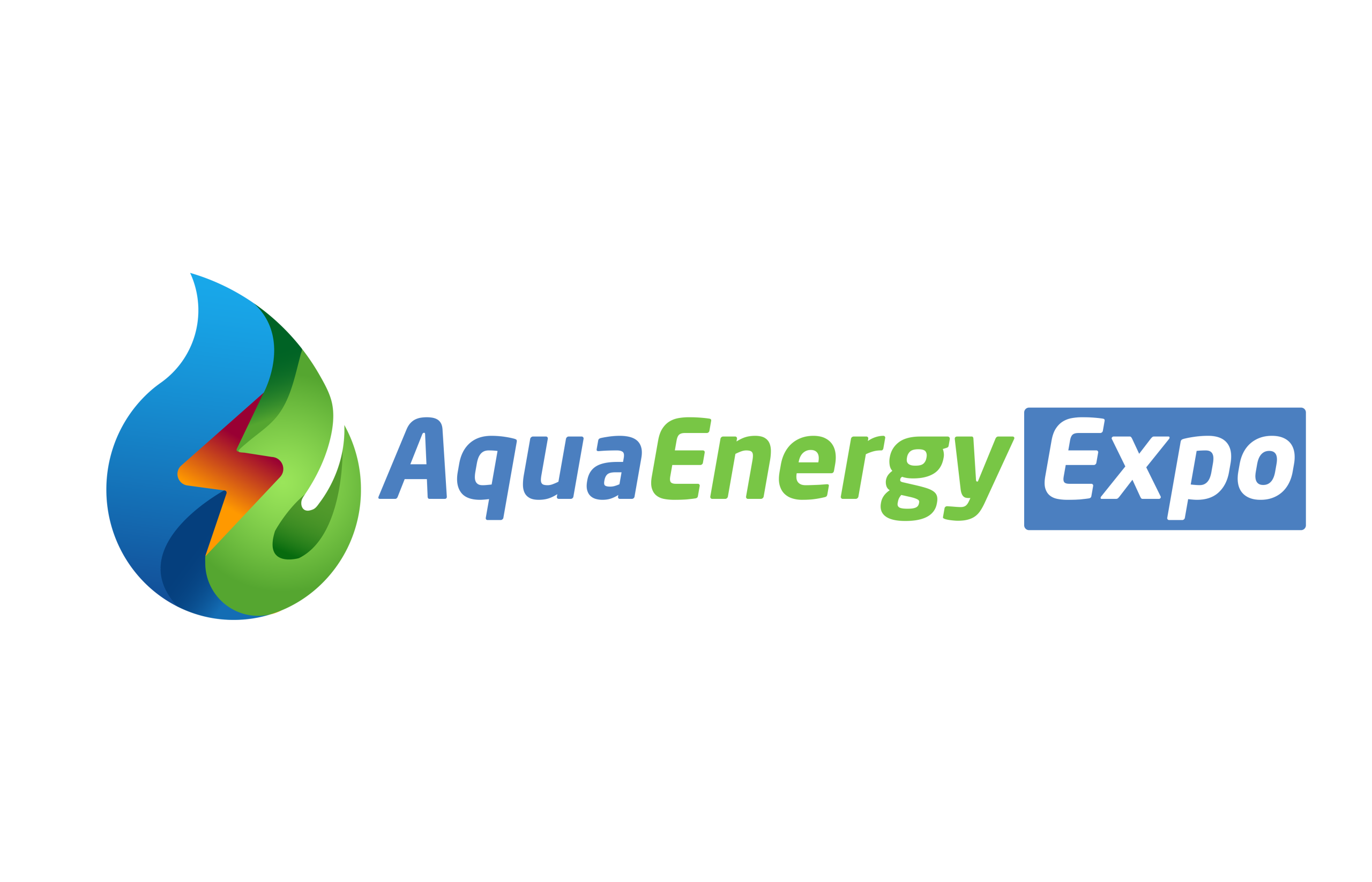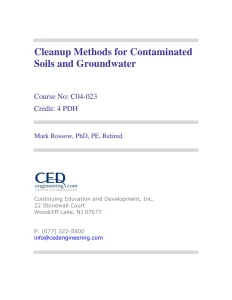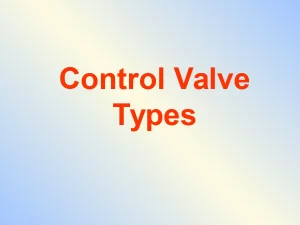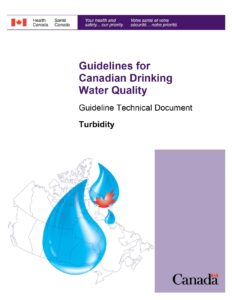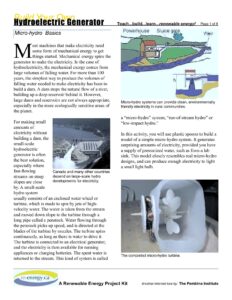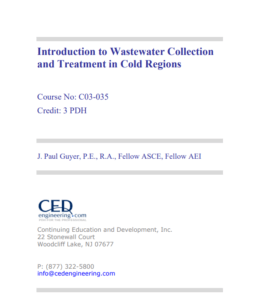Digital Book
Lime Softening—the Forgotten Technology: Optimization Case Studies From South Florida

About this book
Read the full description and details below.
Lime Softening—the Forgotten Technology
Credit to: https://fwrj.com/
Tyler Smith, Vinnie Hart, Jennifer Stokke Nyfennegger,
Joseph Paterniti, Michael Low, and Juan Guevarez
November 2020
Book details
Reader reviews
No reviews yet. Be the first to write one!

